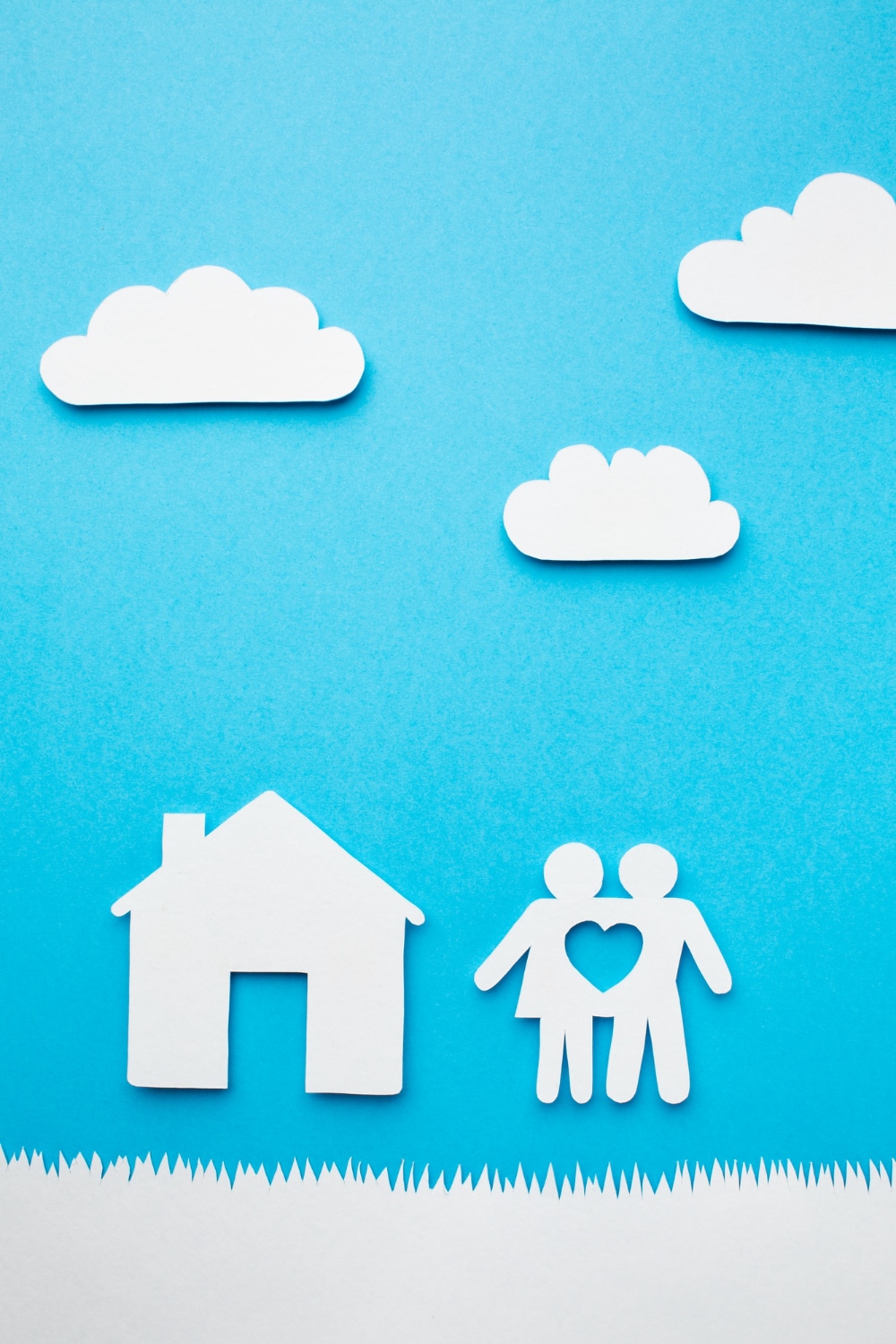Construction of a new home for a family is an inspiring and fulfilling venture, but it can also be stressful and exhausting. You’ve decided on a spot and are now planning your home’s layout.

Think about how many people you plan on having in your household, how you like to spend your time, and any other unique circumstances.
You can work with a bespoke builder to design a home from scratch or select a plan from an existing collection. Do some digging into the various construction firms in the area and request estimates from several firms.
Using Special Building Materials
Using nontraditional materials is another option if you want to create a home that is both one-of-a-kind and environmentally friendly for your family. Straw bale houses, earth bags, out of a pole barn materials, and cob are all examples of similar methods, as are shipping containers and old tires. These sustainable materials can be used to produce a variety of architectural styles and layouts with less of an impact on the environment. If you’re willing to put in the time and effort, you may create a one-of-a-kind and environmentally friendly house for your family by building with nontraditional materials.
Building A Stick-Built Home
One of the most prevalent approaches to constructing a house for one’s family is traditional stick construction. Contractors are hired to oversee the building process, which includes laying the foundation, framing the house out of wood, installing windows and doors, siding attachment, and installing the interior finishes like drywall, flooring, and cabinets. While this method of building is more expensive, it also provides greater design flexibility and more personalization choices.
Prefabricated Homes
Using prefabricated or modular construction is an alternate approach to constructing a house for your family. This method entails constructing a home or whole room sections in a controlled manufacturing environment. These sections are built off-site and sent to the building site for final assembly, which shortens the duration of the building process. Although prefab and modular homes often come with predetermined layouts and exteriors, they are nonetheless amenable to some personalization.
Go Tiny
Tiny house construction or portable granny flats is viable for those eager to downsize or investigate sustainable housing options. One standard definition of a tiny house is a dwelling under 400 square feet in size and rests either on wheels or a permanent foundation. Solar panels are one example of sustainable energy sources that can be used to power them. Constructing a small dwelling makes it possible to live a simpler, greener life, but doing so may necessitate giving up certain creature comforts.
Build with Shipping Containers
Constructing a house out of shipping containers is a viable alternative because it allows for the recycling of materials that would otherwise be thrown away. In most cases, the cost of constructing a home out of shipping containers is significantly lower than building a home out of any other building material. Using shipping containers as the basis for a house is yet another feasible option for budget-conscious families. Because of their robustness, portability, and low cost, shipping containers are frequently used in do-it-yourself construction projects. They can be arranged in many different configurations and then insulated and finished to make a pleasant home. If done right, constructing a house out of shipping containers might be a cheap and environmentally friendly choice.
Construct A Passive Home
A passive house with sustainable architecture can be an excellent choice for families interested in creating a very low energy-use dwelling. High insulation levels, airtight construction, and triple-paned windows are commonplace in passive houses because of their contribution to the house’s overall low heating and cooling energy demand.
Although the upfront cost of building a passive house is high, the long-term savings in energy costs can be substantial. Passive houses are made to be highly energy efficient; in fact, their designers aim to cut energy use by at least some percentage when compared to a typical home. Energy costs can be reduced, and the environmental impact can be lessened in this way. A passive house’s indoor air quality and comfort level are also very well-known qualities.
Building an exciting home design requires planning. Before breaking ground, you’ll need to arrange to fund, whether that’s through a cash purchase or a mortgage. Consult a financial institution to figure out which loan program fits your needs. You can begin building as soon as you have funding and hire a contractor.
Building a house from scratch can be long and laborious, but the result is well worth the effort. After many long weeks and months of preparation, you and your family may finally settle into your new home and begin making wonderful new memories there.

